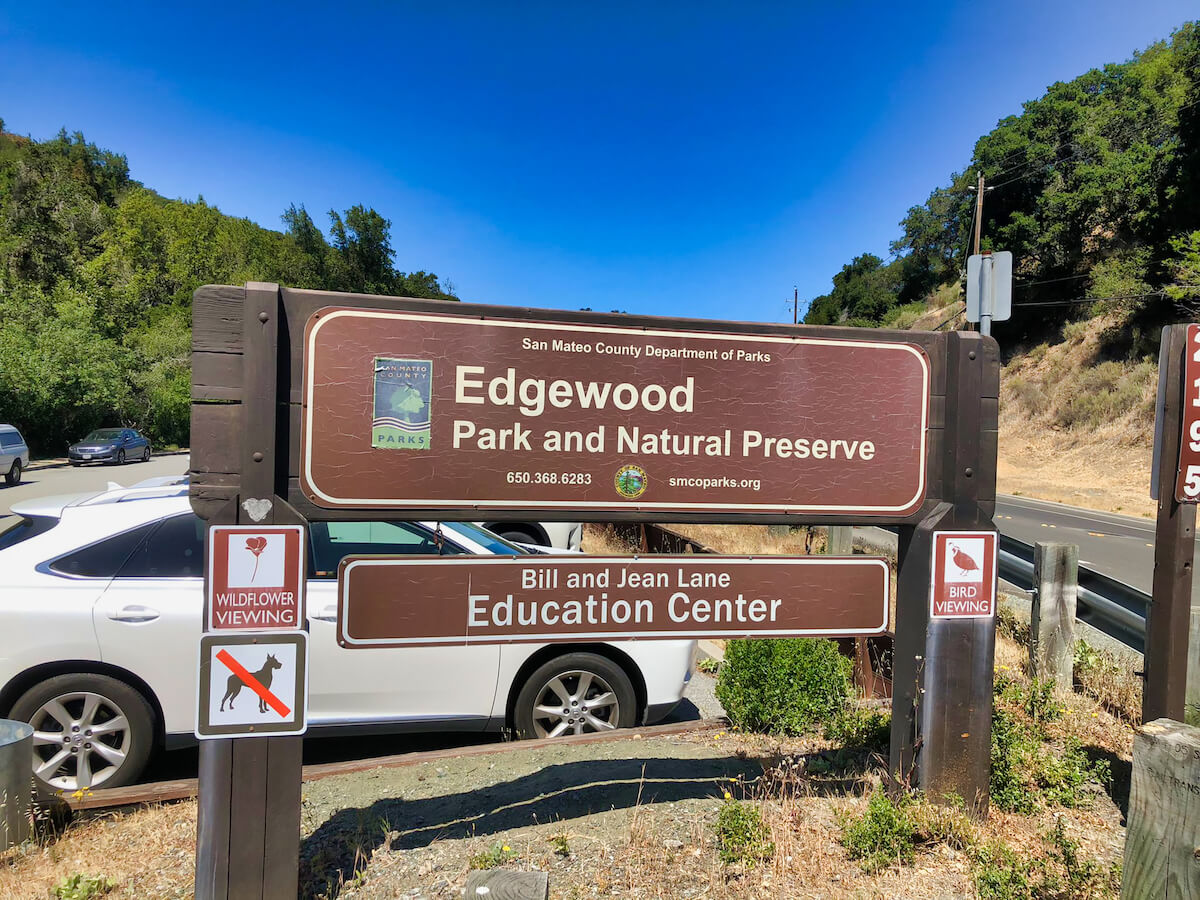Hiking is one of the most complete aerobic sports, so the positive changes in health are extensive..
Editor. Peninsula 360 Press [P360P].
On the San Francisco Peninsula, hiking is becoming more and more common. Aerobic sports are commonly recommended by health experts as the most complete upper and lower body exercises, preventing some cardiovascular diseases.
Hiking – defined as walking along a set route, usually in green or rural spaces and trails – helps reduce tension and stress, reduces the risk of diabetes, lowers cholesterol levels, increases bone density, and strengthens the heart and lungs.
The capacity and development in natural areas of hiking helps to reduce the chances of falling into episodes of depression, in addition to toning the lower body and burn up to 400 calories on average per hour of hiking.
The Midpeninsula Regional Open Space organization aims to preserve a regional ecosystem of more than 60,000 acres, in addition to managing 26 open space preserves.
The struggle to keep these areas alive dates back to 1960, when environmental protectors detected the economic and commercial growth of the Bay Area, so, northwest of Santa Clara, an organization was created that gradually gained land to safeguard it from being absorbed by corporations or allowing it to exceed the growth of the cities.
Nowadays, these reserves are ideal for hiking; the organization even offers guided tours, so you can start an educational hike, where they explain the history of the place, the natural beauty of the area and even the importance of understanding the earthquakes under this area of the peninsula.
Hiking trails range from Mount Bello Open Space, Stevens Creek to the San Andreas Fault switchbacks. Educational trails also take place at Alpine Pond or Skyline Ridge where, in addition, Native American history is told through audio, narrated by Air Force veterans, an app available for Apple and Android devices.

A perfect place for hiking in San Mateo County is Edgewood Park and Nature Preserve. The park’s 467 acres of woodlands and meadows provide wonderful opportunities for long hikes while enjoying incredible scenery.
Wetland, grassland, oak woodland, and chaparral plant communities provide varied habitats for the living creatures found in the park.
Visitors can often encounter deer, coyotes, bobcats, lynx, raccoons and other small animals. The cool, wooded ravines on the eastern slope of the park are rich with ferns and mosses and a thick layer of woody and herbaceous plants.
The central part of the park is dominated by a prominent 800-foot-high ridge that offers exceptional views of Skyline Ridge, Huddart Park, the San Andreas Gulf area, Crystal Springs Lakes, and San Francisco Bay. This ridge generally supports Chaparral on its warm western slope and Oak Woodland on its cooler, less exposed eastern slopes.
Notably, the grasslands and warm summer climate make Edgewood home to several species of snakes and reptiles, including rattlesnakes.

Skunks, yellow jacket wasps and bees are also found there, so the reserve calls to respect the presence of these species and avoid contact with them.
If you’re a plant lover, it’s also a great place to learn about new species. Ten types of rare or endangered plants have been identified, including the San Mateo Thornmint, which graced the hills of the San Francisco Bay Area before urban development destroyed most of its habitat.
The place is full of majestic trees and colorful plants, and the California Native Plant Society’s Flora of Edgewood Park lists the remarkable diversity of plant species found there.
Those with a penchant for entomology won’t be disappointed by the area either, as the bay checkerspot butterfly, once an inhabitant of the entire Bay Area and now listed as an endangered species, is found only in this park, in Kirby Canyon in southern Santa Clara County, Coyote Ridge in San Jose and San Bruno Mountain State and County Park in northern San Mateo County.
–

:quality(80)/cdn-kiosk-api.telegraaf.nl/bd9a24d4-b8b8-11eb-94f5-02d1dbdc35d1.jpg)